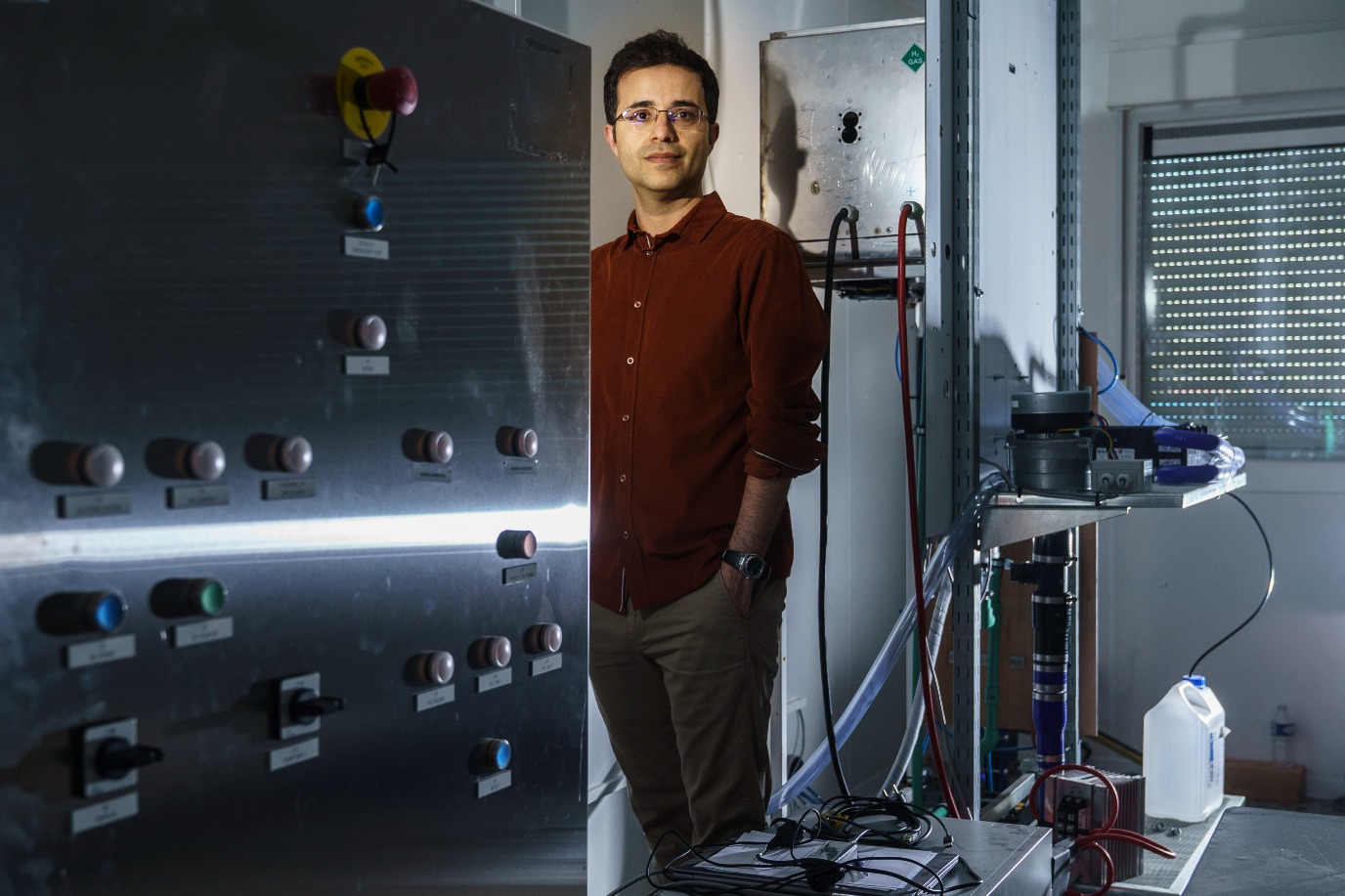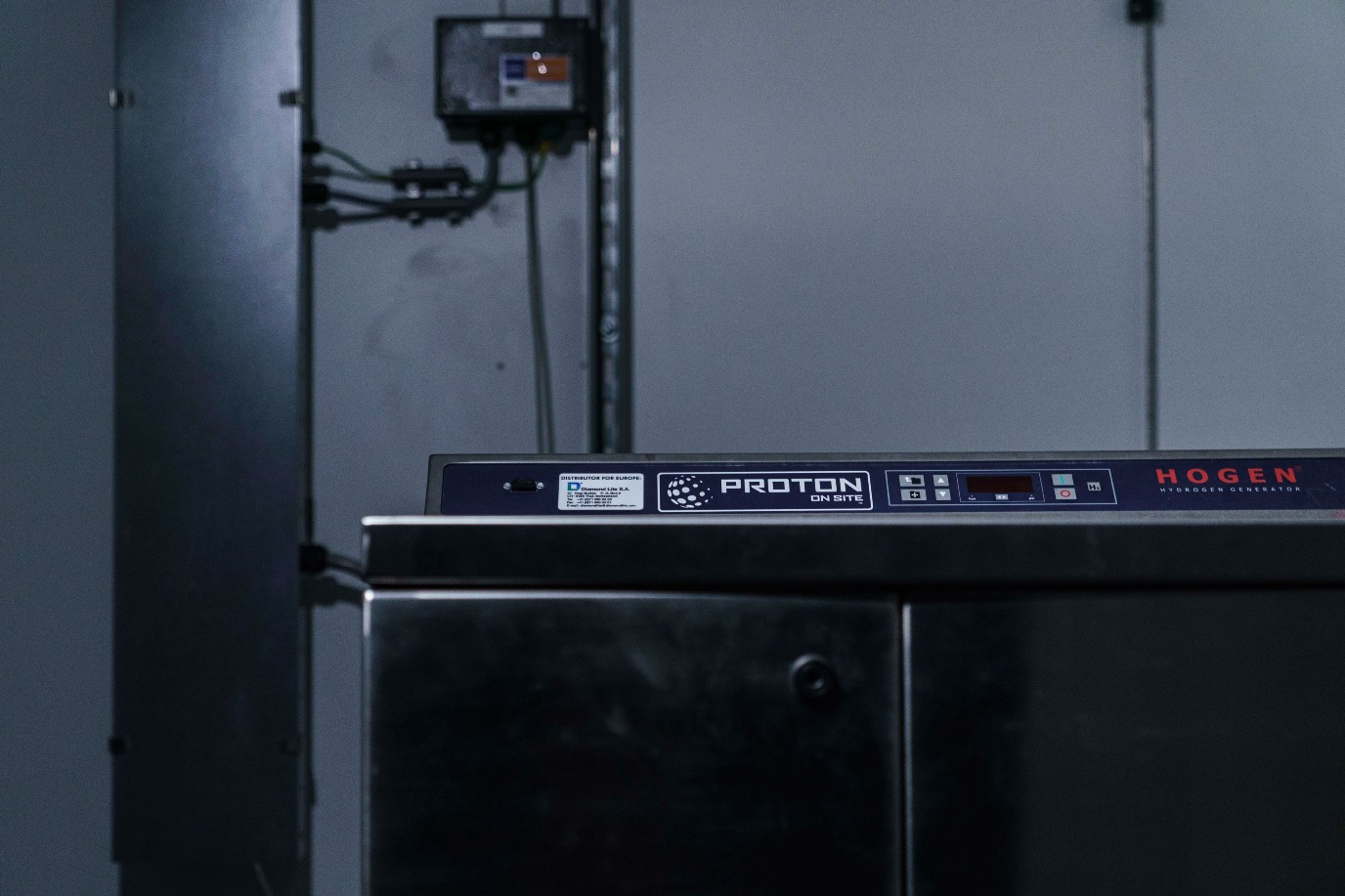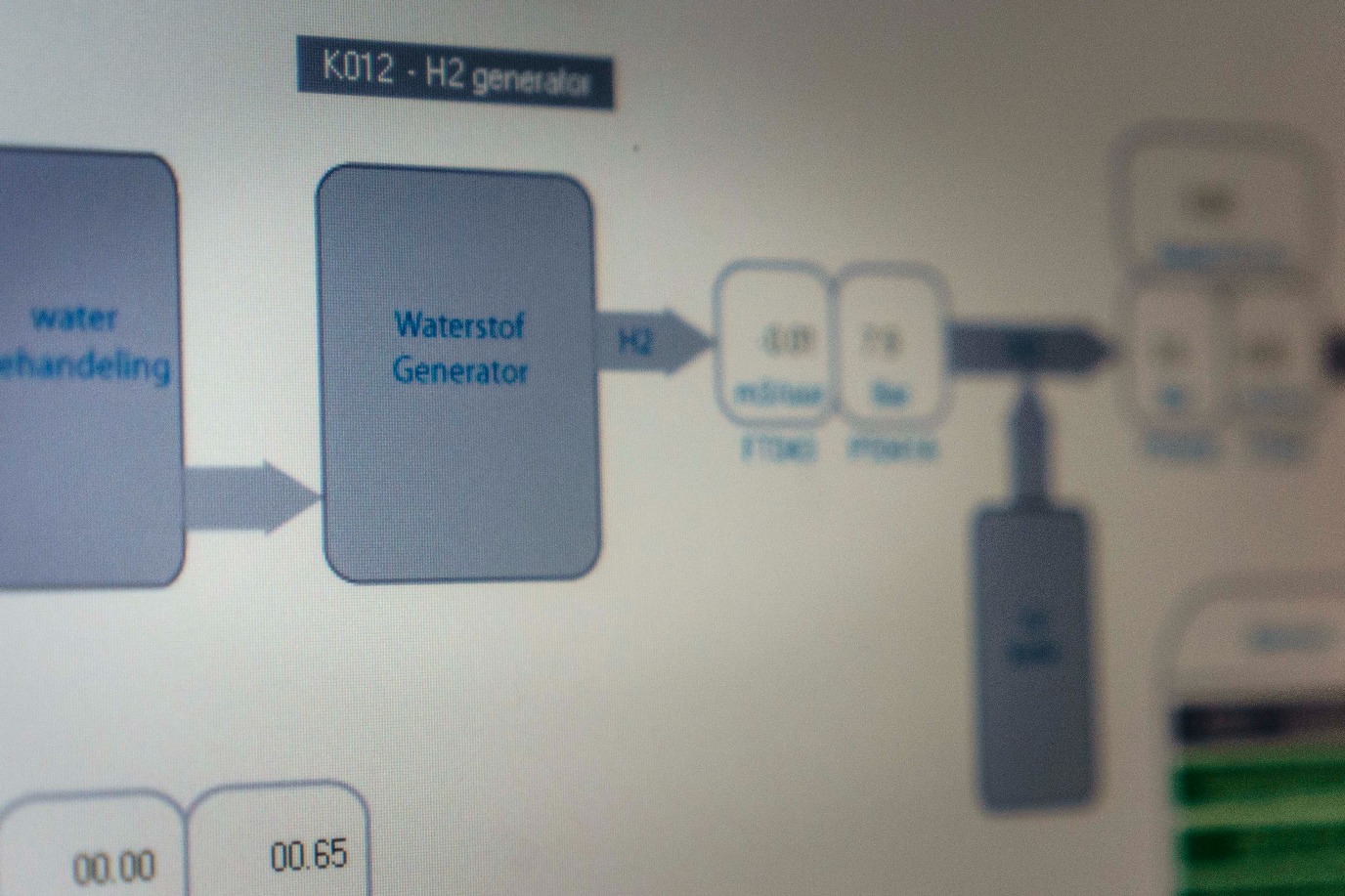Bouwen aan slimme oplossingen voor een dynamische wereld
Dynamische systemen – wiskundige modellen die beschrijven hoe processen zich ontwikkelen door de tijd – zijn cruciaal voor veel van de moderne wereld. Ze helpen om te verklaren hoe elektrische circuits werken, maar ook hoe meningen zich verspreiden over sociale netwerken. Maar de grote uitdaging is om ervoor te zorgen dat deze systemen specifieke doelen bereiken. Dat doet het vakgebied van meet- en regeltechniek.




‘Meet- en regeltechniek gaat over het ontwerpen van processen die complexe systemen laten doen wat wij willen’, vertelt Nima Monshizadeh Naini, adjunct hoogleraar bij ENTEG, het Engineering Technology Institute Groningen. ‘Dit verbindt wiskunde, techniek en computers om praktische problemen op te lossen, van het regelen van energiedistributie of verkeersstromen tot het stabiliseren van robots.’
Het onderzoek van Monshizadeh richt zich op cyber-fysieke-menselijke systemen, die de fysieke infrastructuur combineren met de digitale wereld en menselijke besluitvorming. In deze systemen, zoals slimme energienetwerken of vervoerssystemen, zijn de fysieke en digitale lagen nauw verbonden en speelt menselijk gedrag vaak een hoofdrol.
Een belangrijke toepassing is het controleren en optimaliseren van meervoudige energiesystemen, waarin stroom, warmte en waterstof worden geproduceerd, opgeslagen en afgeleverd. Monshizadeh’s werk kan bepalen hoe dit alles kan worden geoptimaliseerd om alle technische, financiële en milieudoelen te halen.
‘Dit gaat niet alleen over machines’, legt hij uit. ‘Het gaat over het nemen van beslissingen in systemen met allerlei onafhankelijke actoren, zoals energiebedrijven en consumenten, die allemaal hun eigen belang nastreven.’ Het uiteindelijke doel is om de prestatie, efficiëntie en betrouwbaarheid te verbeteren van complexe cyber-fysieke-menselijke systemen op gebied van energie, mobiliteit, infrastructuur en andere nieuwe terreinen. ‘Wij ontwikkelen de geoptimaliseerde algoritmes die helpen om slimme en uitgebalanceerde oplossingen te produceren, ook wanneer ze met elkaar concurreren of decentraal geregeld zijn.’
Tekst: FSE Science Newsroom | René Fransen
Foto’s: Reyer Boxem
In Makers van de RUG belichten we elke twee weken een onderzoeker die iets concreets heeft ontwikkeld: van zelfgemaakte meetapparatuur voor wetenschappelijk onderzoek tot kleine of grote producten die ons dagelijks leven kunnen veranderen. Zo dragen RUG-onderzoekers bij aan oplossingen voor grote wetenschappelijke en maatschappelijke uitdagingen. Eerdere portretten van ‘Makers’ vind je op de overzichtspagina.
Techniekonderwijs en -onderzoek maken bij de RUG al decennia deel uit van een breed palet aan sterke disciplines en landelijk werken we steeds intensiever samen met de vier technische universiteiten.
Meer informatie
Meer nieuws
-
02 december 2025
Student Menna Zahran wint Unilever Research Prize
-
27 november 2025
Vliegtuigen spotten met een radiotelescoop
